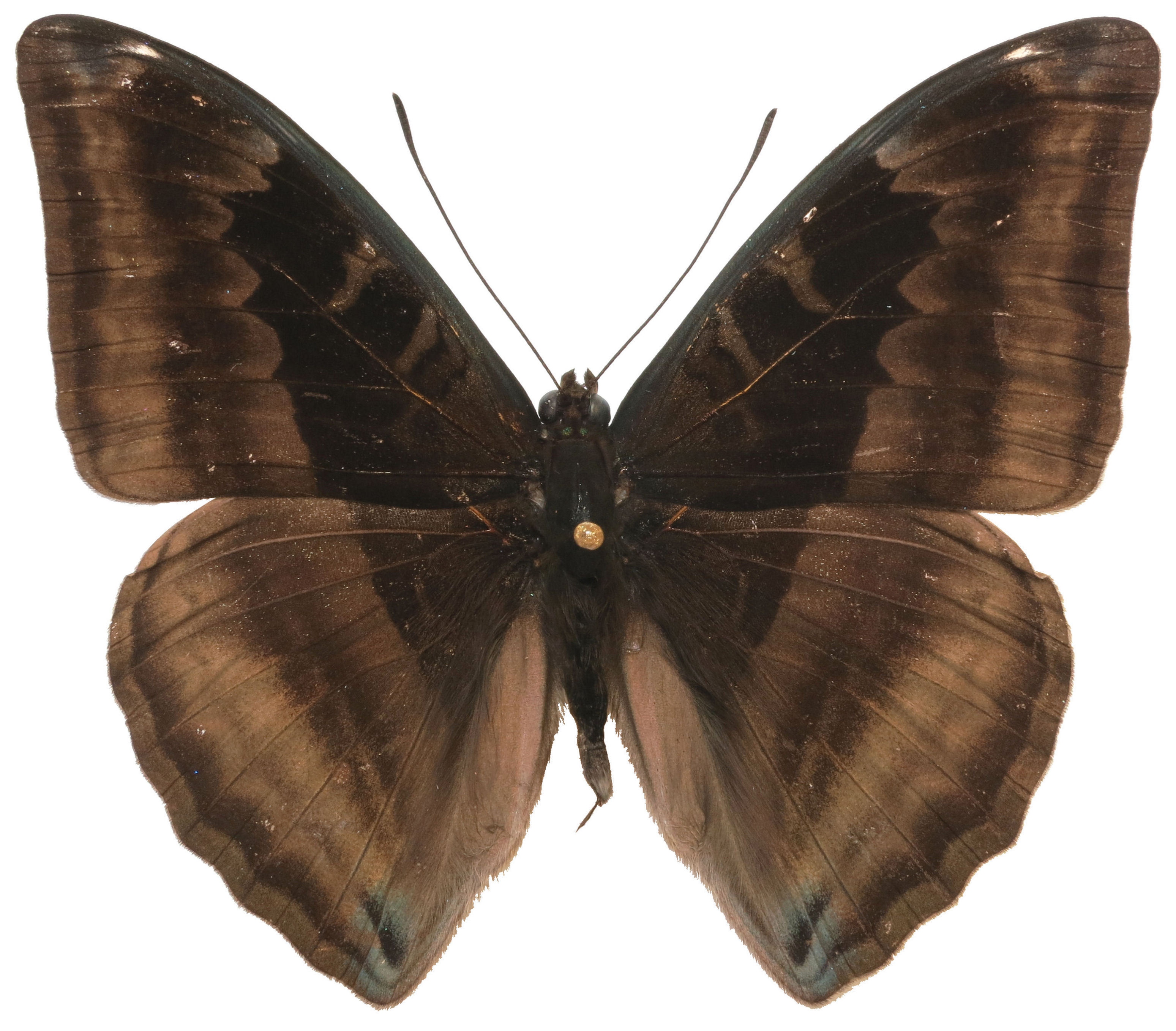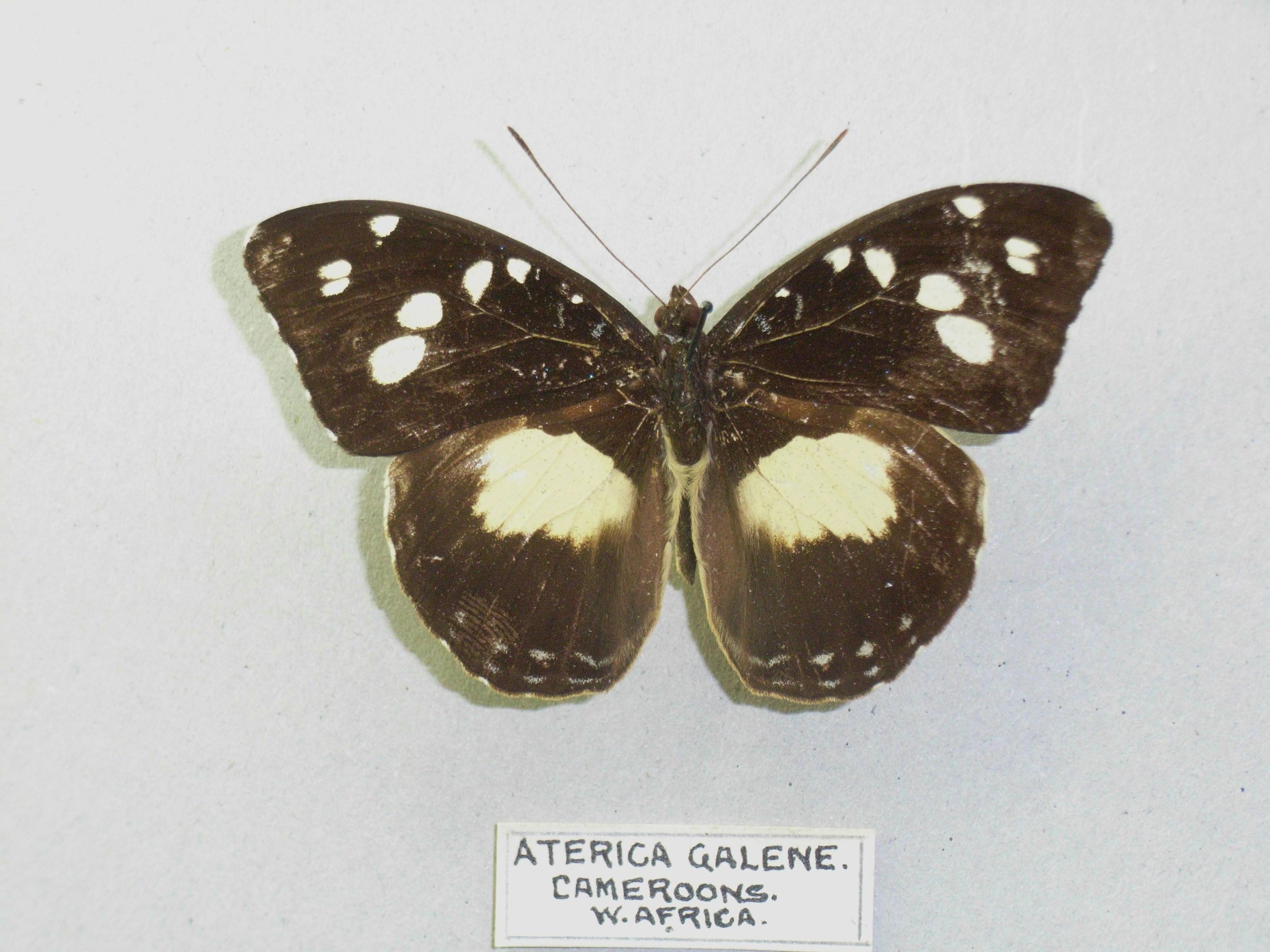|
Auzakia
''Auzakia'' is a monotypic taxon, monotypic butterfly genus in the family Nymphalidae. It contains the single species, ''Auzakia danava'', the commodore, which is found from Tibet to Sumatra."''Auzakia'' Moore, [1898]" at Markku Savela's ''Lepidoptera and Some Other Life Forms''. Description  The upperside of the male is fuliginous brown, paling on the terminal half of the wings. The forewing has the basal area below the cell, two broad bands across the latter, and a patch beyond its apex ...
The upperside of the male is fuliginous brown, paling on the terminal half of the wings. The forewing has the basal area below the cell, two broad bands across the latter, and a patch beyond its apex ...
[...More Info...] [...Related Items...] OR: [Wikipedia] [Google] [Baidu] |
Limenitidinae
The Limenitidinae are a subfamily of butterflies that includes the admirals and relatives. The common names of many species and genera reference military ranks or – namely the Adoliadini – titles of nobility (e.g., count, duke, earl, and marquis), in reference to these butterflies' large size, bold patterns, and dashing flight. In particular, the light stripe running lengthwise across the wings of many Limenitidini has reminded earlier authors of Officer (armed forces), officers' (e.g. admiral, commander, Commodore (rank), commodore) shoulder marks and epaulets. In flight, many of these butterflies have the habit of flapping their wings, so the (usually) bright upperside and the crypsis, cryptic underside alternate for the observer, then gliding for prolonged distances, with the motionless wings held outstretched. The common names of some Limenitidinae – "aeroplanes", "clippers", or "Flying and gliding animals, gliders" – refer to this flight pattern. Systematics Th ... [...More Info...] [...Related Items...] OR: [Wikipedia] [Google] [Baidu] |
Animalia
Animals are multicellular, eukaryotic organisms in the Biology, biological Kingdom (biology), kingdom Animalia (). With few exceptions, animals heterotroph, consume organic material, Cellular respiration#Aerobic respiration, breathe oxygen, have myocytes and are motility, able to move, can reproduce sexually, and grow from a hollow sphere of Cell (biology), cells, the blastula, during embryonic development. Animals form a clade, meaning that they arose from a single common ancestor. Over 1.5 million extant taxon, living animal species have been species description, described, of which around 1.05 million are insects, over 85,000 are molluscs, and around 65,000 are vertebrates. It has been estimated there are as many as 7.77 million animal species on Earth. Animal body lengths range from to . They have complex ecologies and biological interaction, interactions with each other and their environments, forming intricate food webs. The scientific study of animals is known as ... [...More Info...] [...Related Items...] OR: [Wikipedia] [Google] [Baidu] |
Fauna Of Pakistan
Pakistan 's native fauna reflect its varied climatic zones. The northern Pakistan, which includes Khyber Pakhtunkhwa and Gilgit Baltistan, has portions of two biodiversity hotspots, Mountains of Central Asia and Himalayas. Distribution Northern highlands and plains The northern highlands include lower elevation areas of Potohar and Pakistan Administered Kashmir regions and higher elevation areas embracing the foothills of Himalayan, Karakorum and Hindukush mountain ranges. Some of the wildlife species found on northern mountainous areas and Pothohar Plateau include the non-threatened mammal species of bharal, Eurasian lynx, Himalayan goral, Indian leopard, Marco Polo sheep, marmot (in Deosai National Park) and yellow-throated marten and birds species of chukar partridge, Eurasian eagle-owl, Himalayan monal and Himalayan snowcock and amphibian species of Himalayan toad and Muree Hills frog. The threatened ones include Asiatic black bear, Himalayan brown b ... [...More Info...] [...Related Items...] OR: [Wikipedia] [Google] [Baidu] |
Taxa Named By Frederic Moore
In biology, a taxon (back-formation from ''taxonomy''; : taxa) is a group of one or more populations of an organism or organisms seen by taxonomists to form a unit. Although neither is required, a taxon is usually known by a particular name and given a particular ranking, especially if and when it is accepted or becomes established. It is very common, however, for taxonomists to remain at odds over what belongs to a taxon and the criteria used for inclusion, especially in the context of rank-based (" Linnaean") nomenclature (much less so under phylogenetic nomenclature). If a taxon is given a formal scientific name, its use is then governed by one of the nomenclature codes specifying which scientific name is correct for a particular grouping. Initial attempts at classifying and ordering organisms (plants and animals) were presumably set forth in prehistoric times by hunter-gatherers, as suggested by the fairly sophisticated folk taxonomies. Much later, Aristotle, and later still ... [...More Info...] [...Related Items...] OR: [Wikipedia] [Google] [Baidu] |
Monotypic Butterfly Genera
In biology, a monotypic taxon is a taxonomic group (taxon) that contains only one immediately subordinate taxon. A monotypic species is one that does not include subspecies or smaller, infraspecific taxa. In the case of genera, the term "unispecific" or "monospecific" is sometimes preferred. In botanical nomenclature, a monotypic genus is a genus in the special case where a genus and a single species are simultaneously described. Theoretical implications Monotypic taxa present several important theoretical challenges in biological classification. One key issue is known as "Gregg's Paradox": if a single species is the only member of multiple hierarchical levels (for example, being the only species in its genus, which is the only genus in its family), then each level needs a distinct definition to maintain logical structure. Otherwise, the different taxonomic ranks become effectively identical, which creates problems for organizing biological diversity in a hierarchical system. ... [...More Info...] [...Related Items...] OR: [Wikipedia] [Google] [Baidu] |
Bombay Natural History Society
The Bombay Natural History Society (BNHS), founded on 15 September 1883, is one of the largest non-governmental organisations in India engaged in conservation and biodiversity research. It supports many research efforts through grants and publishes the '' Journal of the Bombay Natural History Society''. Many prominent naturalists, including the ornithologists Sálim Ali and S. Dillon Ripley, have been associated with it. History British hunters in Bombay organized a hunting group around 1811, their activities included riding with foxhounds and shooting. A Bombay Hunt was supported by Sir Bartle Frere from 1862. A natural history society was begun, possibly as spinoff from the Bombay Geographical Society, in 1856 by Doctors Don (of Karachee), Andrew Henderson Leith (surgeon), George Buist, and Henry John Carter along with Lawrence Hugh Jenkins, then a registrar of the Supreme Court. The group did not last more than three years. On 15 September 1883 eight men interested in ... [...More Info...] [...Related Items...] OR: [Wikipedia] [Google] [Baidu] |
Taylor & Francis
Taylor & Francis Group is an international company originating in the United Kingdom that publishes books and academic journals. Its parts include Taylor & Francis, CRC Press, Routledge, F1000 (publisher), F1000 Research and Dovepress. It is a division of Informa, a United Kingdom-based publisher and conference company. Overview Founding The company was founded in 1852 when William Francis (chemist), William Francis joined Richard Taylor (editor), Richard Taylor in his publishing business. Taylor had founded his company in 1798. Their subjects covered agriculture, chemistry, education, engineering, geography, law, mathematics, medicine, and social sciences. Publications included the ''Philosophical Magazine''. Francis's son, Richard Taunton Francis (1883–1930), was sole partner in the firm from 1917 to 1930. Acquisitions and mergers In 1965, Taylor & Francis launched Wykeham Publications and began book publishing. T&F acquired Hemisphere Publishing in 1988, and the compa ... [...More Info...] [...Related Items...] OR: [Wikipedia] [Google] [Baidu] |
The Fauna Of British India, Including Ceylon And Burma
''The Fauna of British India'' (short title) with long titles including ''The Fauna of British India, Including Ceylon and Burma'', and ''The Fauna of British India Including the Remainder of the Oriental Region'' is a series of scientific books that was published by the British government in India and printed by Taylor and Francis of London. The series was started sometime in 1881 after a letter had been sent to the Secretary of State for India signed by Charles Darwin, Sir Joseph Dalton Hooker and other "eminent men of science" forwarded by P.L.Sclater to R.H. Hobart. W. T. Blanford was appointed editor and began work on the volume on mammals. In the volume on the mammals, Blanford notes: The idea was to cover initially the vertebrates, taking seven volumes, and this was followed by a proposal to cover the invertebrates in about 15 to 20 volumes and projected to cost £11,250 to £15,000. Blanford suggested that restricting it to 14 volumes would make it possible to limit the ... [...More Info...] [...Related Items...] OR: [Wikipedia] [Google] [Baidu] |
Open Wing Position Of Male Auzakia Danava Moore, 1857 – Commodore WLB DSC 01-98
Open or OPEN may refer to: Music * Open (band), Australian pop/rock band * The Open (band), English indie rock band * ''Open'' (Blues Image album), 1969 * ''Open'' (Gerd Dudek, Buschi Niebergall, and Edward Vesala album), 1979 * ''Open'' (Gotthard album), 1999 * ''Open'' (Cowboy Junkies album), 2001 * ''Open'' (YFriday album), 2001 * ''Open'' (Shaznay Lewis album), 2004 * ''Open'' (Jon Anderson EP), 2011 * ''Open'' (Stick Men album), 2012 * ''Open'' (The Necks album), 2013 * Open (Kwon Eun-bi EP), 2021 * ''Open'', a 1967 album by Julie Driscoll, Brian Auger and the Trinity * ''Open'', a 1979 album by Steve Hillage * "Open" (Queensrÿche song) * "Open" (Mýa song) * "Open", the first song on The Cure album ''Wish'' Literature * ''Open'' (Mexican magazine), a lifestyle Mexican publication * ''Open'' (Indian magazine), an Indian weekly English language magazine featuring current affairs * ''OPEN'' (North Dakota magazine), an out-of-print magazine that was printed in ... [...More Info...] [...Related Items...] OR: [Wikipedia] [Google] [Baidu] |
Sumatra
Sumatra () is one of the Sunda Islands of western Indonesia. It is the largest island that is fully within Indonesian territory, as well as the list of islands by area, sixth-largest island in the world at 482,286.55 km2 (182,812 mi.2), including adjacent islands such as the Simeulue Island, Simeulue, Nias Island, Nias, Mentawai Islands, Mentawai, Enggano Island, Enggano, Riau Islands, Bangka Belitung and Krakatoa archipelago. Sumatra is an elongated landmass spanning a diagonal northwest–southeast axis. The Indian Ocean borders the northwest, west, and southwest coasts of Sumatra, with the island chain of Simeulue, Nias, Mentawai Islands, Mentawai, and Enggano off the western coast. In the northeast, the narrow Strait of Malacca separates the island from the Malay Peninsula, which is an extension of the Eurasian continent. In the southeast, the narrow Sunda Strait, containing the Krakatoa archipelago, separates Sumatra from Java. The northern tip of Sumatra is near ... [...More Info...] [...Related Items...] OR: [Wikipedia] [Google] [Baidu] |
Arthropoda
Arthropods ( ) are invertebrates in the phylum Arthropoda. They possess an exoskeleton with a cuticle made of chitin, often mineralised with calcium carbonate, a body with differentiated ( metameric) segments, and paired jointed appendages. In order to keep growing, they must go through stages of moulting, a process by which they shed their exoskeleton to reveal a new one. They form an extremely diverse group of up to ten million species. Haemolymph is the analogue of blood for most arthropods. An arthropod has an open circulatory system, with a body cavity called a haemocoel through which haemolymph circulates to the interior organs. Like their exteriors, the internal organs of arthropods are generally built of repeated segments. They have ladder-like nervous systems, with paired ventral nerve cords running through all segments and forming paired ganglia in each segment. Their heads are formed by fusion of varying numbers of segments, and their brains are formed by fu ... [...More Info...] [...Related Items...] OR: [Wikipedia] [Google] [Baidu] |







